Tracking travel patterns of subatomic particles called muons helps reveal the inner worlds of pyramids, volcanoes and more.



Over the course of almost 60 years, the information age has given the world the internet, smart phones, and lightning-fast computers. This has been made possible by about doubling the number of transistors that can be packed onto a computer chip every two years, resulting in billions of atomic-scale transistors that can fit on a fingernail-sized device. Even individual atoms may be observed and counted within such “atomic scale” lengths.
Physical limit
With this doubling reaching its physical limit, the U.S. Department of Energy’s (DOE) Princeton Plasma Physics Laboratory (PPPL) has joined industry efforts to prolong the process and find new techniques to make ever-more powerful, efficient, and cost-effective chips. In the first PPPL research conducted under a Cooperative Research and Development Agreement (CRADA) with Lam Research Corp., a global producer of chip-making equipment, laboratory scientists properly predicted a fundamental phase in atomic-scale chip production through the use of modeling.
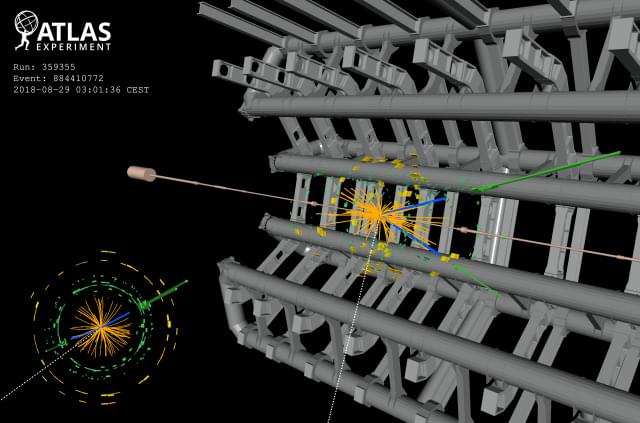
Where is all the new physics? In the decade since the Higgs boson’s discovery, there have been no statistically significant hints of new particles in data from the Large Hadron Collider (LHC). Could they be sneaking past the standard searches? At the recent Rencontres de Moriond conference, the ATLAS collaboration at the LHC presented several results of novel types of searches for particles predicted by supersymmetry.
Supersymmetry, or SUSY for short, is a promising theory that gives each elementary particle a “superpartner”, thus solving several problems in the current Standard Model of particle physics and even providing a possible candidate for dark matter. ATLAS’s new searches targeted charginos and neutralinos – the heavy superpartners of force-carrying particles in the Standard Model – and sleptons – the superpartners of Standard Model matter particles called leptons. If produced at the LHC, these particles would each transform, or “decay”, into Standard Model particles and the lightest neutralino, which does not further decay and is taken to be the dark-matter candidate.
ATLAS’s newest search for charginos and sleptons studied a particle-mass region previously unexplored due to a challenging background of Standard Model processes that mimics the signals from the sought-after particles. The ATLAS researchers designed dedicated searches for each of these SUSY particle types, using all the data recorded from Run 2 of the LHC and looking at the particles’ decays into two charged leptons (electrons or muons) and “missing energy” attributed to neutralinos. They used new methods to extract the putative signals from the background, including machine-learning techniques and “data-driven” approaches.
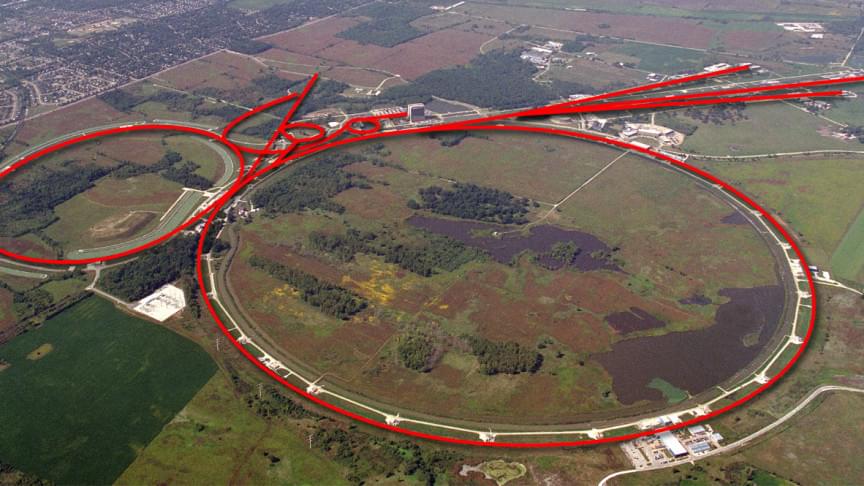
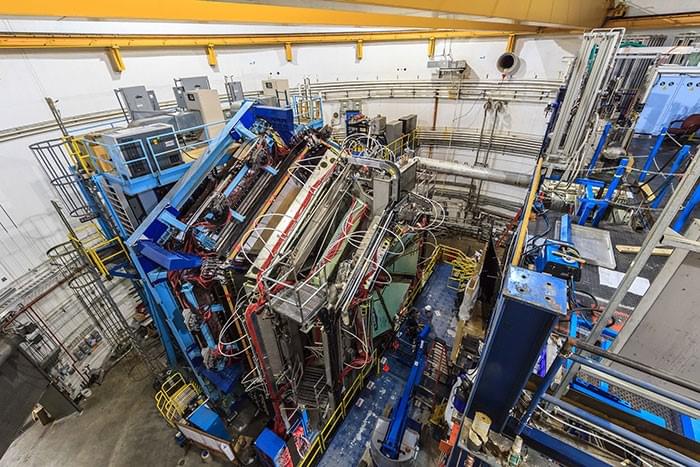
The study was done by the international Jefferson Lab Angular Momentum (JAM) collaboration using data from the MARATHON experiment, which is at the Thomas Jefferson National Accelerator Facility in the US. The team’s results could help physicists better understand how quarks are distributed inside protons and neutrons and why these distributions are different when protons and neutrons are incorporated within nuclei.
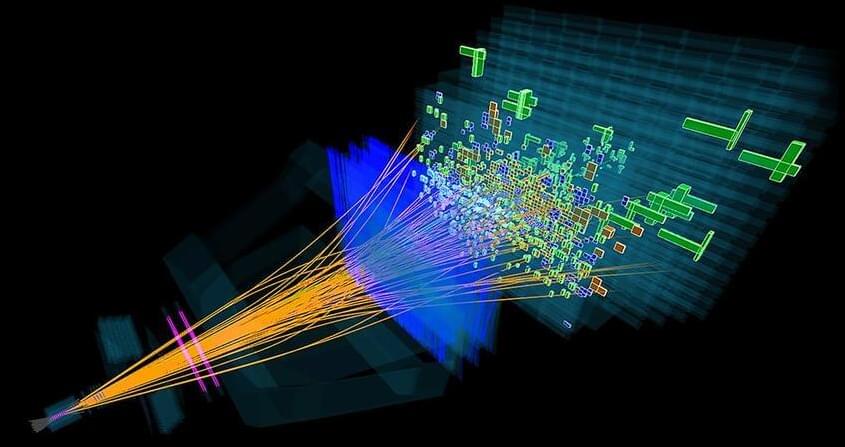
Amid the chaotic chains of events that ensue when protons smash together at the Large Hadron Collider in Europe, one particle has popped up that appears to go to pieces in a peculiar way.
All eyes are on the B meson, a yoked pair of quark particles. Having caught whiffs of unexpected B meson behavior before, researchers with the Large Hadron Collider beauty experiment (LHCb) have spent years documenting rare collision events featuring the particles, in hopes of conclusively proving that some novel fundamental particle or effect is meddling with them.
In their latest analysis, first presented at a seminar in March, the LHCb physicists found that several measurements involving the decay of B mesons conflict slightly with the predictions of the Standard Model of particle physics — the reigning set of equations describing the subatomic world. Taken alone, each oddity looks like a statistical fluctuation, and they may all evaporate with additional data, as has happened before. But their collective drift suggests that the aberrations may be breadcrumbs leading beyond the Standard Model to a more complete theory.
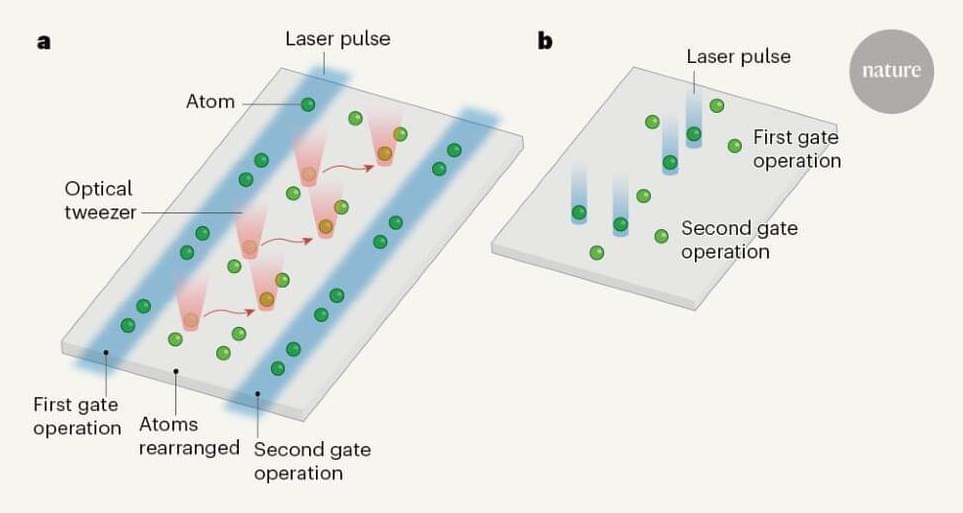
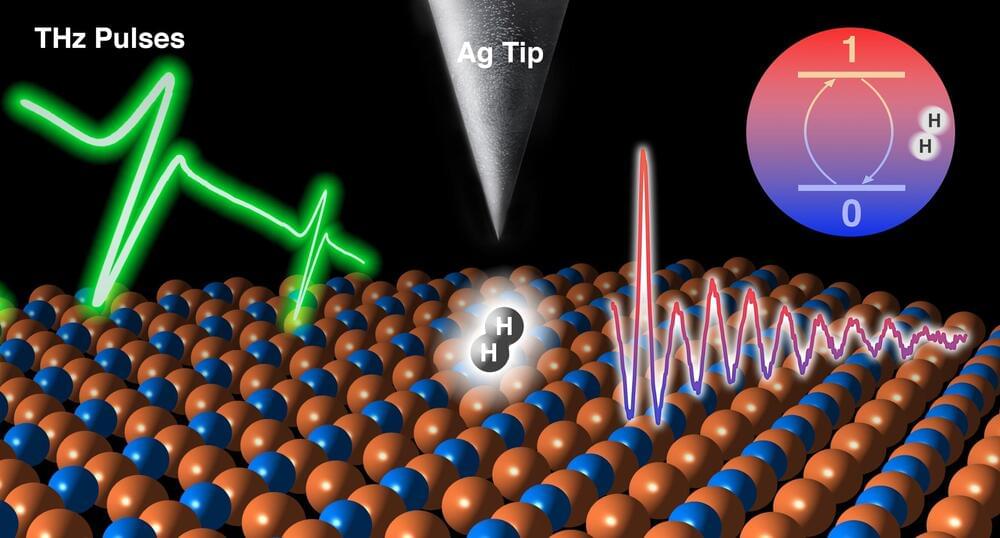
Physicists at the University of California, Irvine have demonstrated the use of a hydrogen molecule as a quantum sensor in a terahertz laser-equipped scanning tunneling microscope, a technique that can measure the chemical properties of materials at unprecedented time and spatial resolutions.
This new technique can also be applied to analysis of two-dimensional materials which have the potential to play a role in advanced energy systems, electronics and quantum computers.
Today in Science, the researchers in UCI’s Department of Physics & Astronomy and Department of Chemistry describe how they positioned two bound atoms of hydrogen in between the silver tip of the STM and a sample composed of a flat copper surface arrayed with small islands of copper nitride. With pulses of the laser lasting trillionths of a second, the scientists were able to excite the hydrogen molecule and detect changes in its quantum states at cryogenic temperatures and in the ultrahigh vacuum environment of the instrument, rendering atomic-scale, time-lapsed images of the sample.

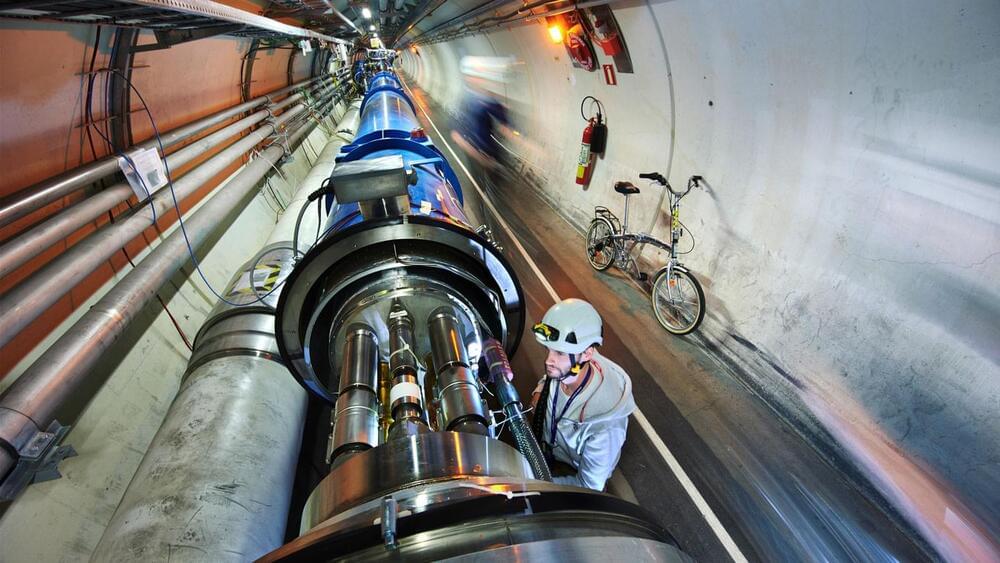
Scientists shut down the particle accelerator in 2018 to allow for upgrades (SN: 12/3/18). On April 22, protons once again careened around the 27-kilometer-long ring of the Large Hadron Collider, or LHC, located at the particle physics laboratory CERN in Geneva.
The LHC is coming out of hibernation gradually. Researchers started the accelerator’s proton beams out at relatively low energy, but will ramp up to slam protons together at a planned record-high energy of 13.6 trillion electron volts. Previously, LHC collisions reached 13 trillion electron volts. Likewise, the beams are starting out wimpy, with relatively few protons, but will build to higher intensity. And when fully up to speed, the upgraded accelerator will pump out proton collisions more quickly than in previous runs. Experiments at the LHC will start taking data this summer.
Physicists will use this data to further characterize the Higgs boson, the particle discovered at the LHC in 2012 that reveals the source of mass for elementary particles (SN: 7/4/12). And researchers will be keeping an eye out for new particles or anything else that clashes with the standard model, the theory of the known particles and their interactions. For example, researchers will continue the hunt for dark matter, a mysterious substance that so far can be observed only by its gravitational effects on the cosmos (SN: 10/25/16).